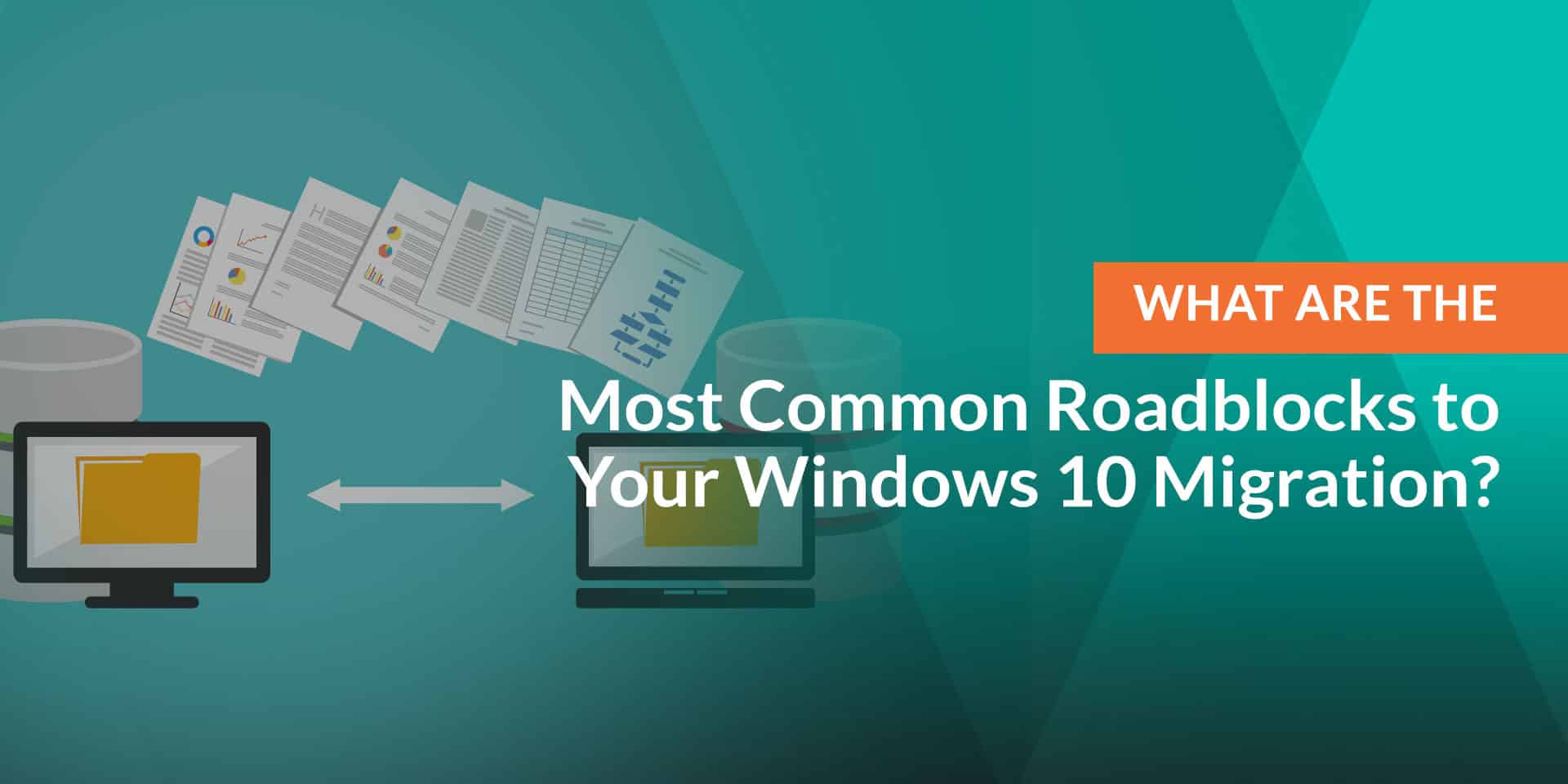Jeremy Moskowitz founded PolicyPak Software after working with hundreds of customers with the same problem they couldn’t manage their applications, browsers and operating systems using the technology they already utilized.

What are the Most Common Roadblocks to Your Windows 10 Migration?
Periodically, someone has the pulse of the world around them, someone who understands the real-time dynamics occurring throughout and can foresee the ensuing outcome of those stimuli. It may be an economic forecaster that recognizes the undercurrents driving the macro markets towards a given direction. It may be an entrepreneur that comprehends the disruptive implications of a new technology and its bearings on an industry or populous.
When it comes to migrating your enterprise Windows devices to Windows 10, there is one company that has the pulse of what other companies are experiencing. That company is PolicyPak Software. While the task of deploying Windows 10 may be easy, the job of managing, optimizing and securing Windows 10 is… well, not so easy.
PolicyPak has been at the forefront of delivering application, desktop and security settings to the user desktop for many years. The company recently teamed up with GPAnswers.com to conduct a survey about the Windows 10 migration experience. The survey was completed by representatives from 500 organizations, in over 30 countries, ranging in size from as few as one employee to more than 5000.
One of the biggest learnings from the survey is that many organizations are still only in the planning stages, despite the fast-approaching Windows 7 retirement date of January 2020. Only 13% of the largest organizations in the survey reported being near completion of their involved migration projects, while half of companies with less than 100 employees are still in the planning or pilot stage.
The fact is that there are quite a few roadblocks in the Windows 10 migration journey. The barriers most often cited in the survey include:
- Windows 10 file/application associations
- Standardizing the user start menu & taskbar
- The managerial and operational challenges of perpetual deployment images
- Juggling the benefits and risks of local admin rights reduction or elimination
There are great tools available today that have improved the OS deployment operation, some of which are offered by Microsoft. Unfortunately, OS deployment is not a “one and done” type of operation. Desktop environments are always changing, and therefore images must be regenerated in conjunction with these fluctuations. 79% of survey respondents said their companies regularly modify images in order to remove non-essential applications, while 59% did so to better secure the desktop. All of this repetition costs money, as every single responding company reported the allocation of at least two people to the image building process. While the creation of an initial golden image consumed anywhere from 24 to 62 hours per person, each successive image took another 17 to 40 hours to complete. In an era in which companies are trying to align their technology staffs with value generated projects, this neverending practice of image reconstruction is stifling potential innovative processes.
While managing file associations may seem trivial, it is a time consuming effort that more than two thirds of organizations are actively addressing. Users are accustomed to opening files with their assigned applications. Anyone who has ever clicked a PDF file in Windows 10 knows that the default application is the Edge browser, which is hardly preferred. This issue of the default browser is especially relevant today, as many websites and SaaS deployments exhibit enhanced functionality in other browsers.
The most surprising finding in the survey was that 57% of large companies still assign local admin rights to some portion of their standard normal users. In a time when companies are besieged by malware attacks designed to hijack elevated privileges and accounts, this seems counterintuitive, yet many respondents had valid reasons for allowing this vulnerable practice.
Said one respondent, “We give local admin rights because the business decision came down that someone might have to install software at 3AM when the Help Desk is closed.”
Clearly companies continue to allow local admin rights out of convenience, but nothing is less convenient than when your enterprise is shut down by a ransomware attack. There is also nothing convenient about juggling a fleet of images, or cluttered start menus or poorly matched file associations.
The good news is that none of these issues are new to PolicyPak. PolicyPak has had the pulse of enterprises across the globe for years now, and not only that, the company has the solutions. Whether it is their included components such as File Associations Manager, Start Screen/Taskbar Manager, Least Privilege Manager or other packaged components, PolicyPak can help resolve these roadblocks so there are no time-consuming detours during or after the migration process.
To learn more about the Windows 10 migration challenges that were uncovered in our survey, download this white paper.


